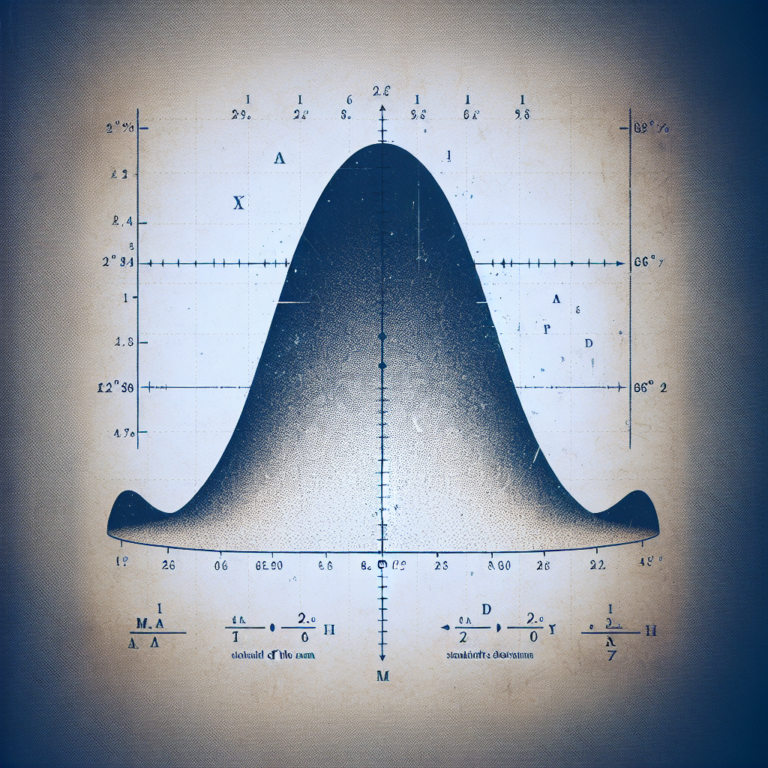When it comes to analyzing non-parametric data, medical professionals often turn to statistical methods such as the Kruskal-Wallis test. At StatisMed, we understand the importance of accurate data analysis in the medical field, which is why we offer specialized services to help doctors make informed decisions based on reliable statistical tools.
Table of Contents
What is the Kruskal-Wallis Test Non-Parametric Data Analysis?
The Kruskal-Wallis test is a non-parametric data alternative to the one-way analysis of variance (ANOVA) test, used to determine whether there are any statistically significant differences between three or more independent groups. This test is particularly useful when the assumptions of parametric tests, such as normally distributed data or homogeneity of variances, are not met.
Steps to Perform the Kruskal-Wallis Test
-
- Formulate Hypotheses: Before conducting the test, it is essential to clearly define your null and alternative hypotheses. The null hypothesis states that there are no differences between the groups, while the alternative hypothesis suggests otherwise.
-
- Prepare Data: Organize your data into groups based on the independent variable you are studying. Ensure that each group has at least five observations to meet the assumptions of the Kruskal-Wallis test.
-
- Rank Data: Convert your data into ranks, regardless of group membership. Assign ranks based on the combined order of all observations, with ties handled by averaging ranks.
-
- Calculate Test Statistic: The Kruskal-Wallis test calculates a chi-square statistic based on the ranked data. This statistic is then compared to a critical value from the chi-square distribution to determine statistical significance.
-
- Interpret Results: If the calculated chi-square statistic is greater than the critical value for your chosen significance level (usually 0.05), you can reject the null hypothesis and conclude that there are significant differences between the groups.
Advantages of the Kruskal-Wallis Test
-
- Robustness: The Kruskal-Wallis test is robust to violations of normality and homoscedasticity assumptions.
-
- Flexibility: It can be used with ordinal, interval, or ratio data, making it suitable for a wide range of study designs.
-
- Ease of Interpretation: Results are easy to interpret, making it a valuable tool for healthcare professionals with varying levels of statistical expertise.
At StatisMed, we understand the challenges that medical professionals face when conducting data analysis. Our team of experts can assist you in applying advanced statistical tests like the Kruskal-Wallis test to make sense of complex datasets and draw meaningful conclusions.
Conclusion
In conclusion, the Kruskal-Wallis test is a powerful tool for analyzing non-parametric data in medical research. By following the steps outlined above and interpreting the results accurately, healthcare professionals can gain valuable insights into the differences between multiple groups. If you need assistance with statistical analysis for your medical practice, don’t hesitate to contact us at StatisMed for personalized services tailored to your needs. Remember, accurate data analysis is crucial for making informed decisions in the medical field.
[ad_2]




